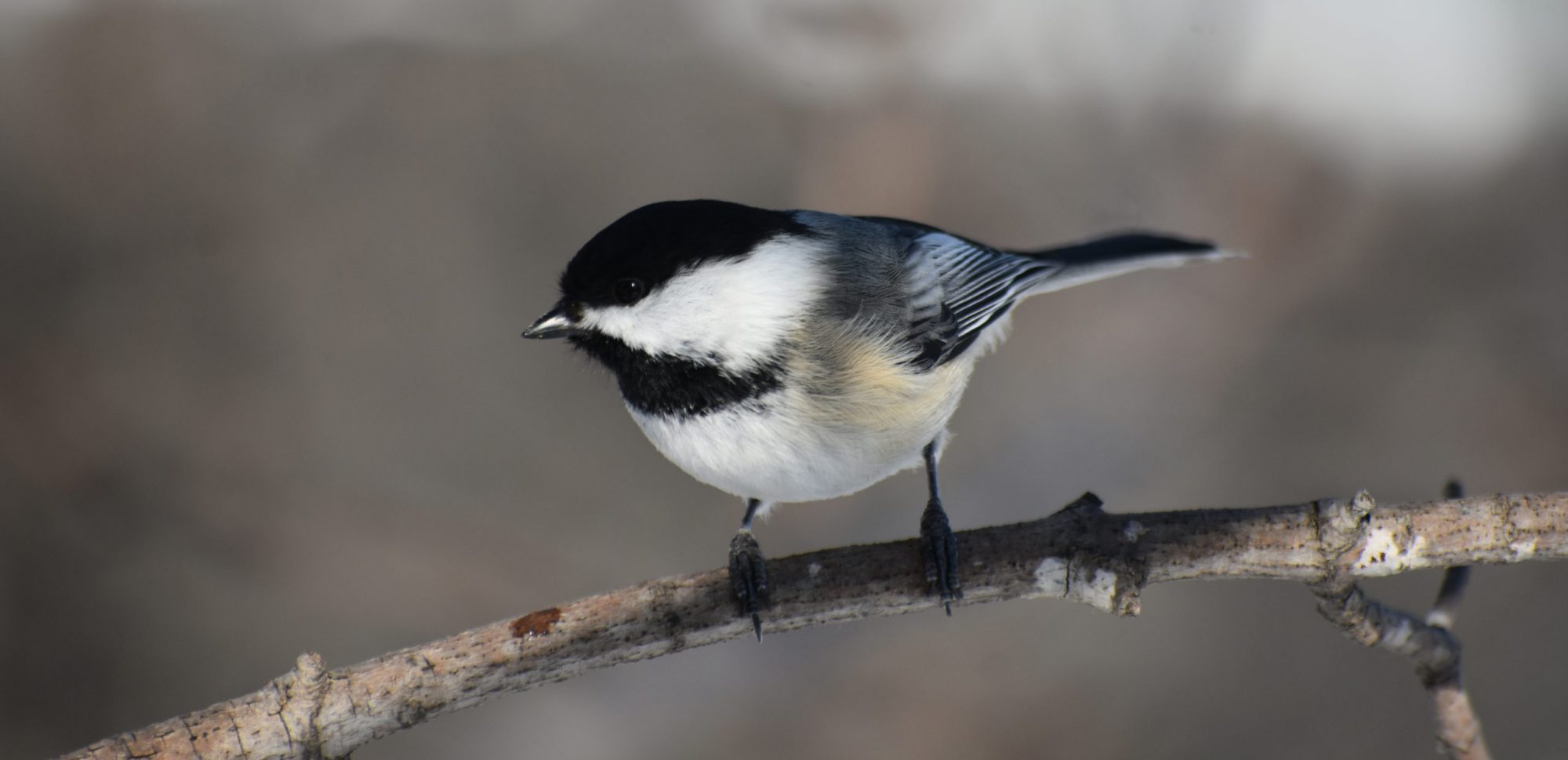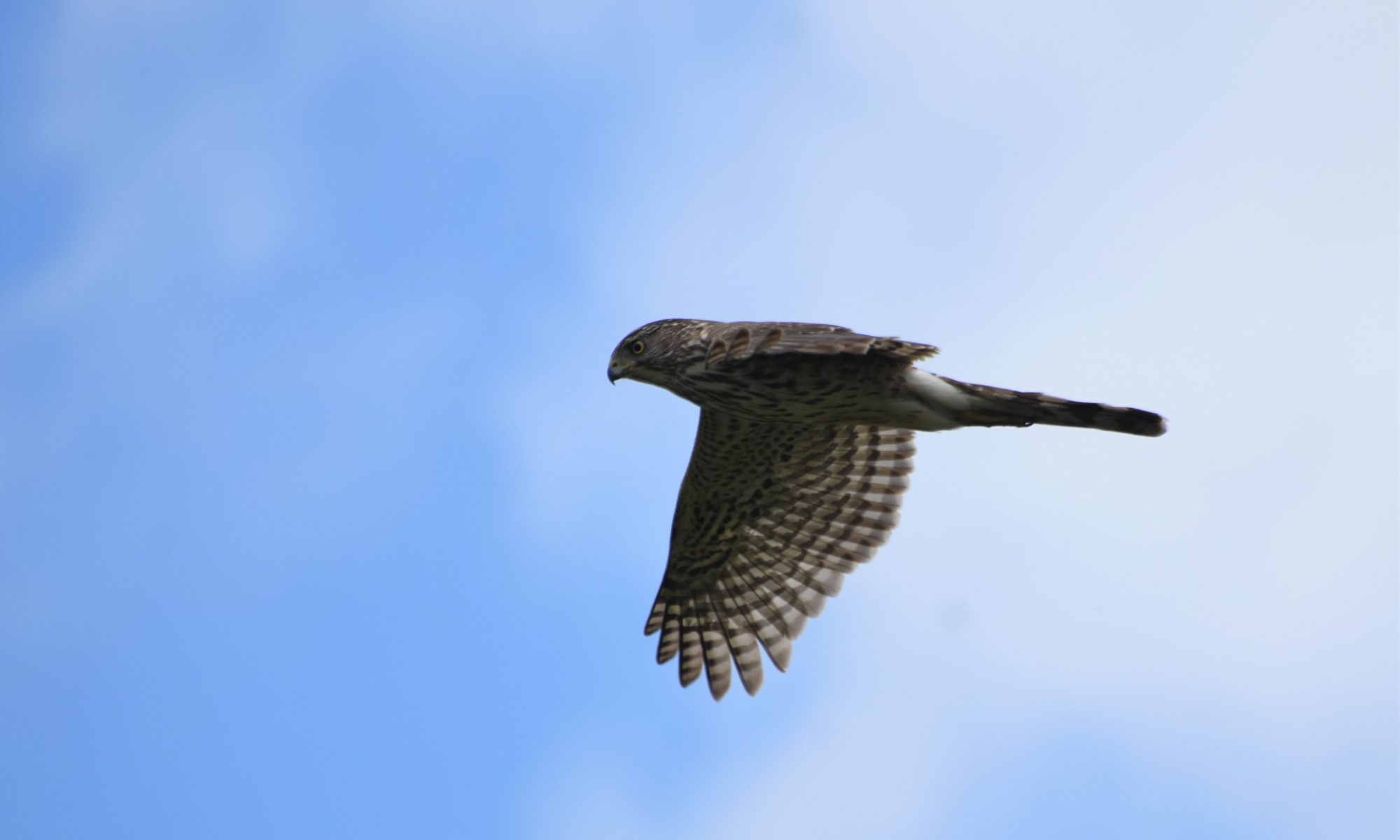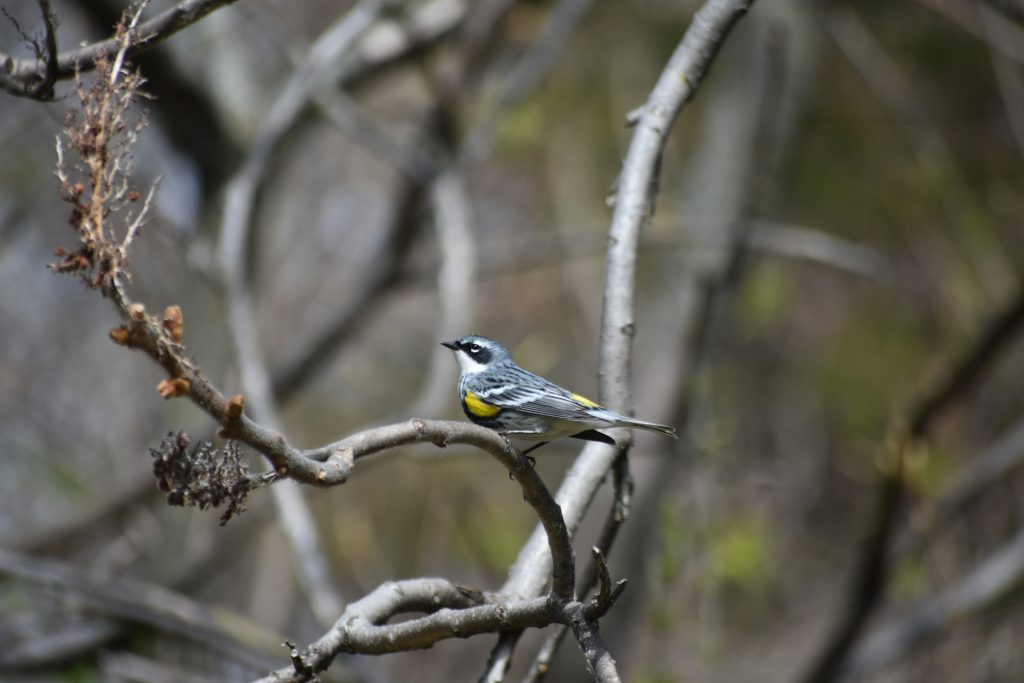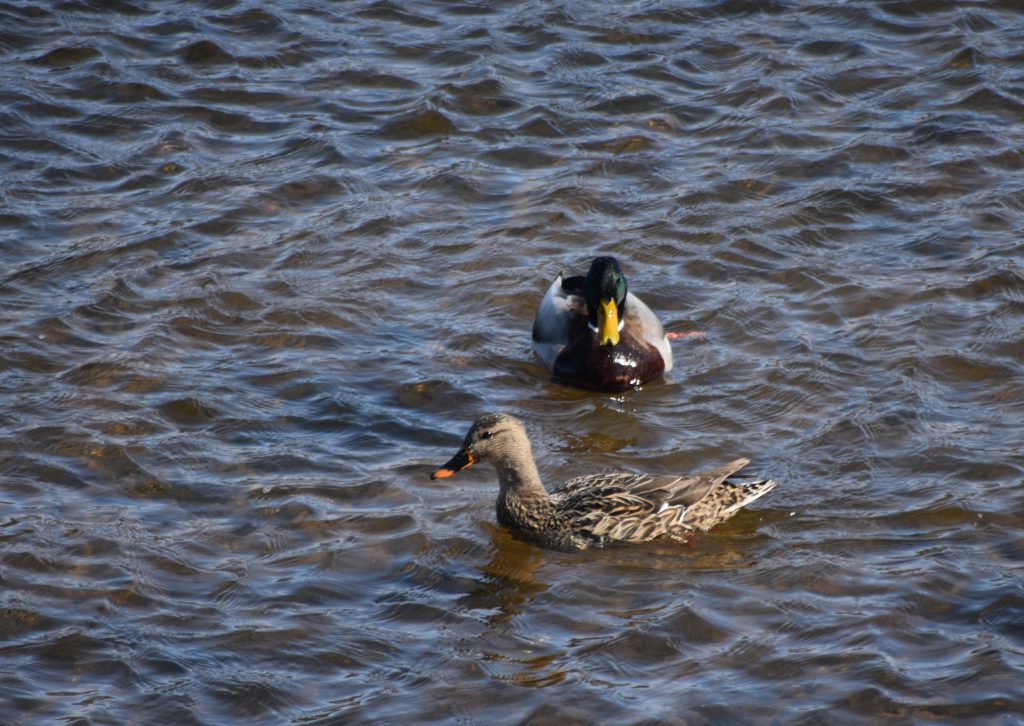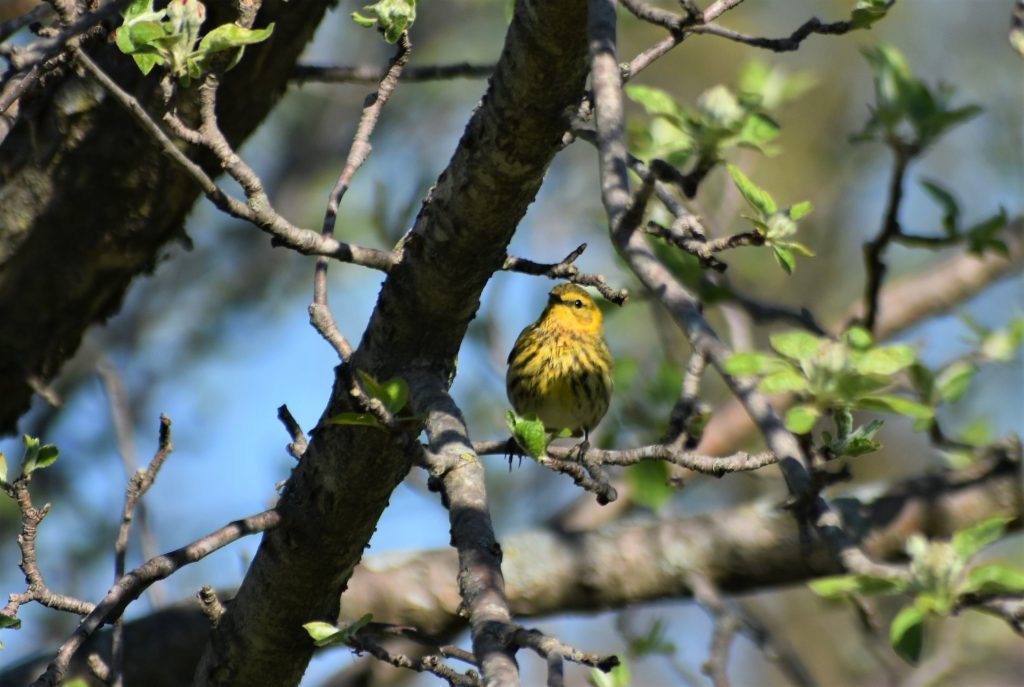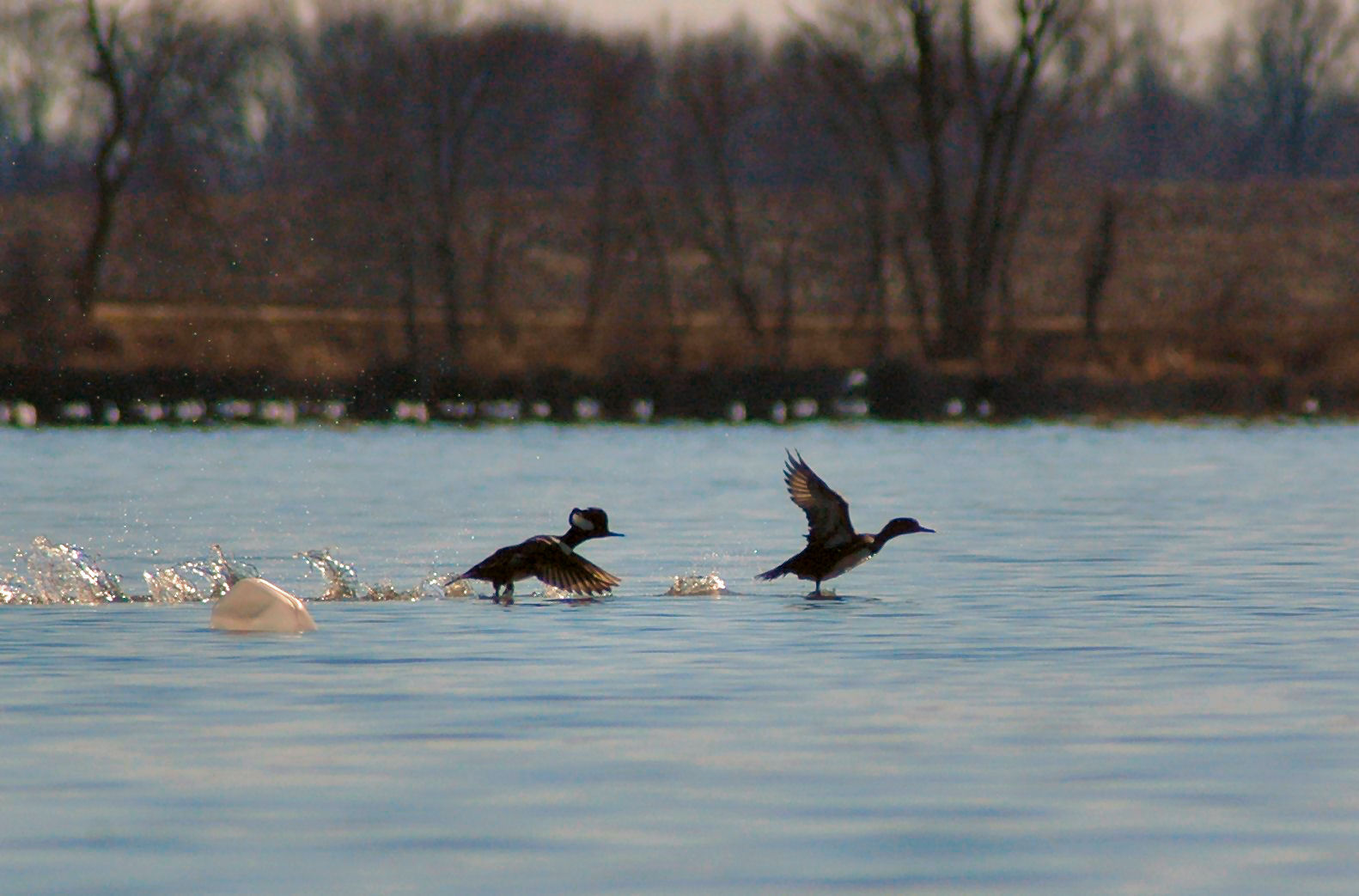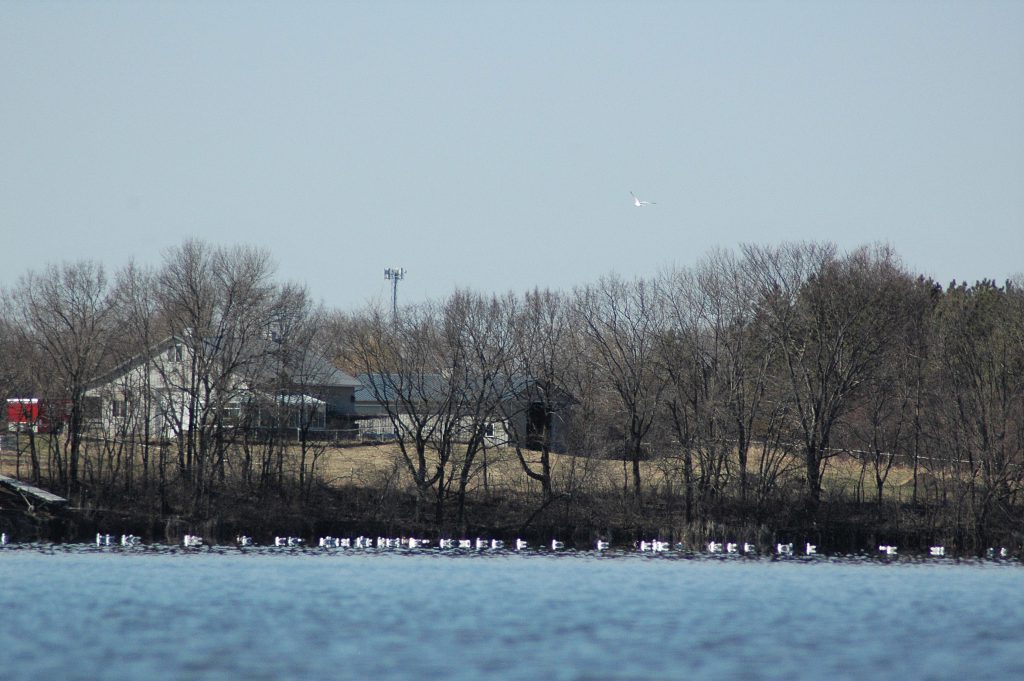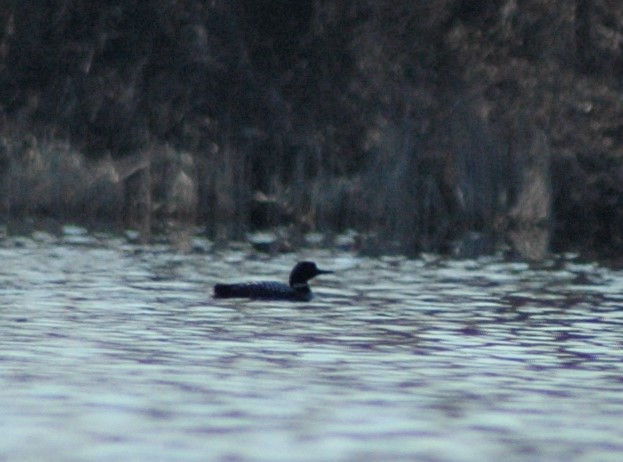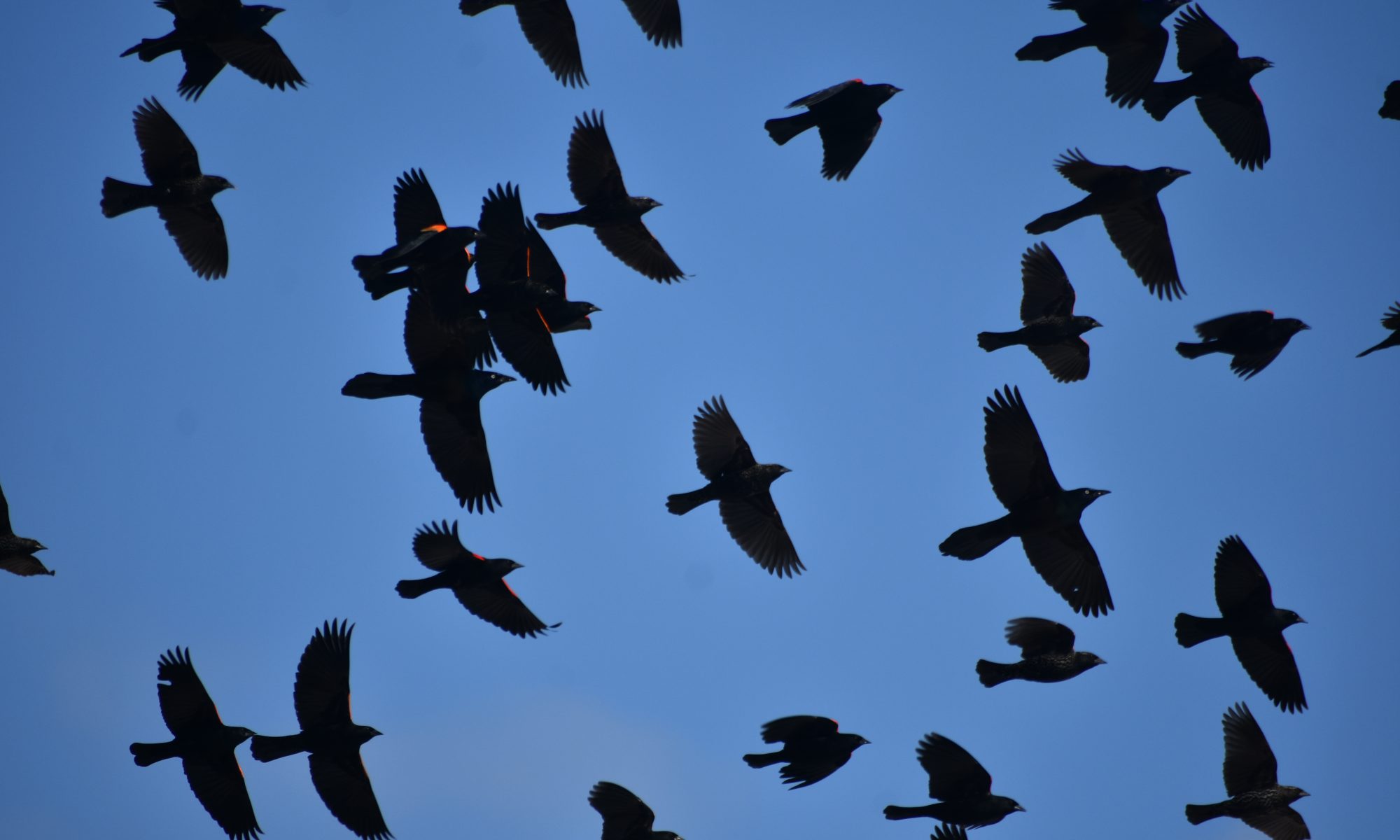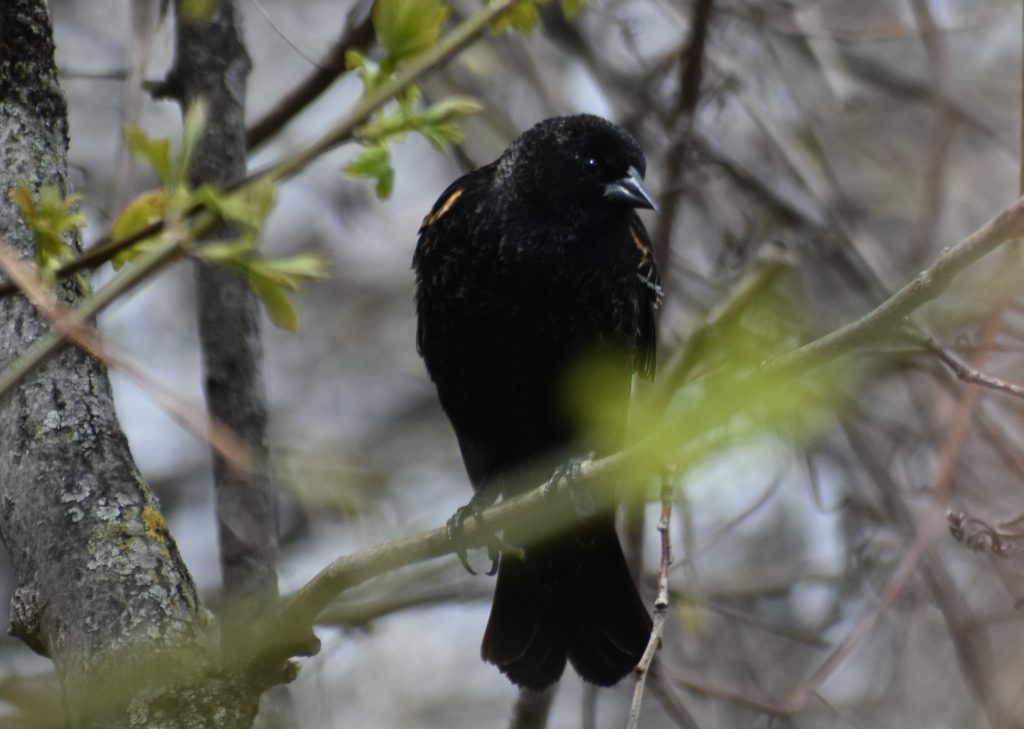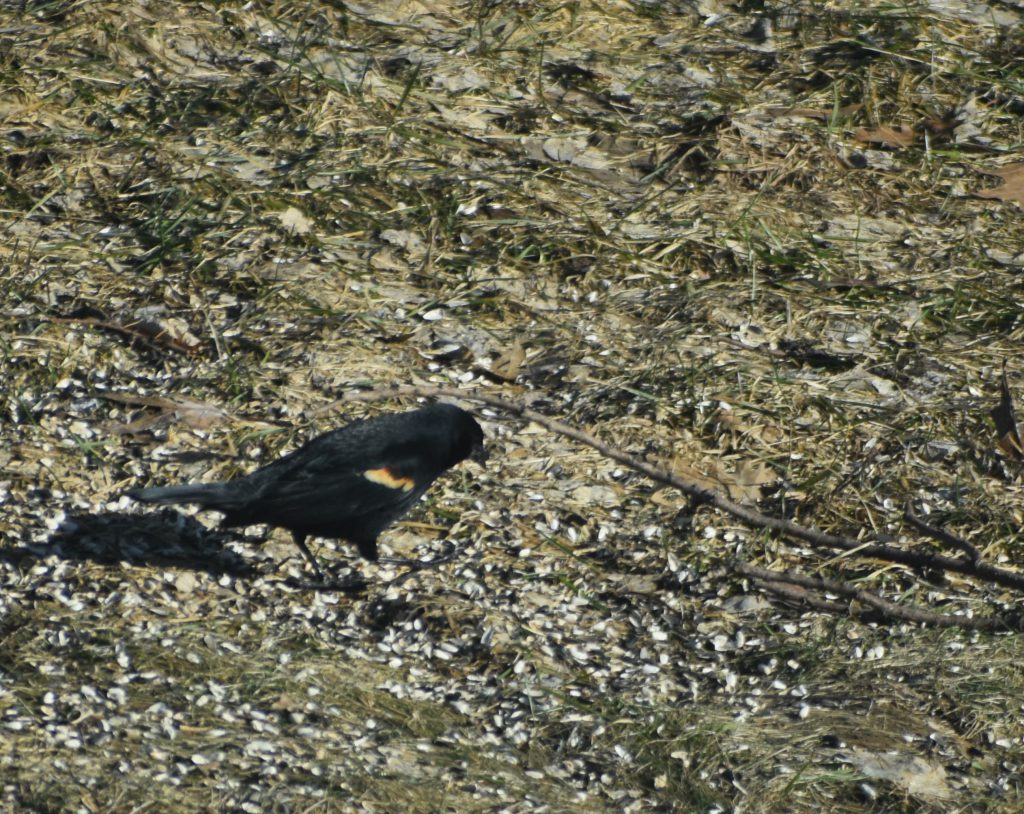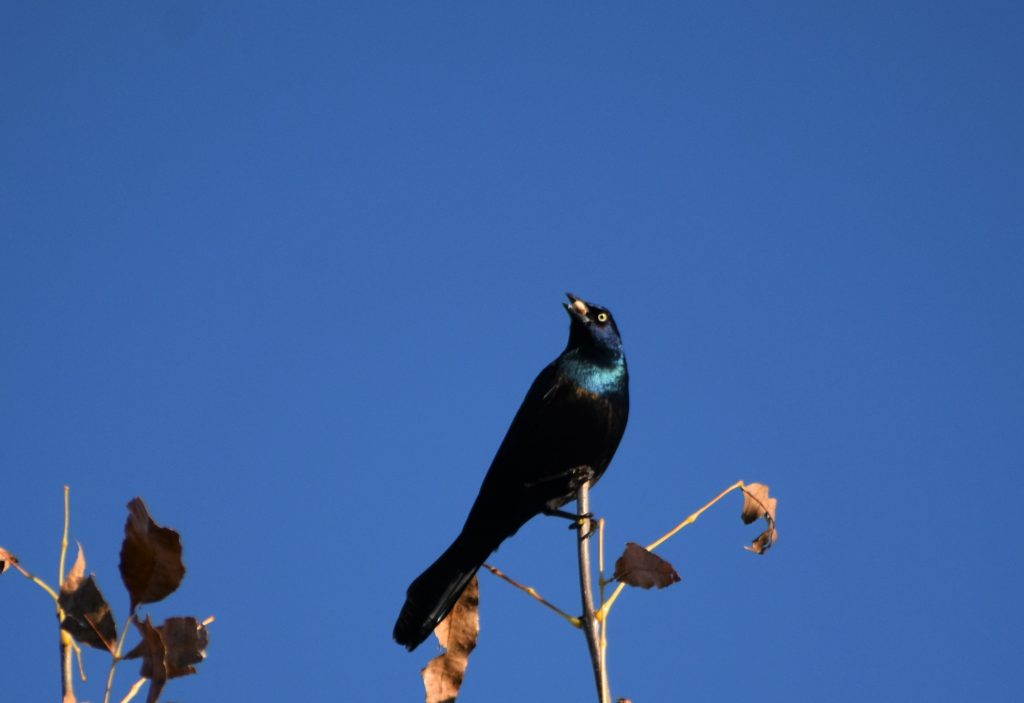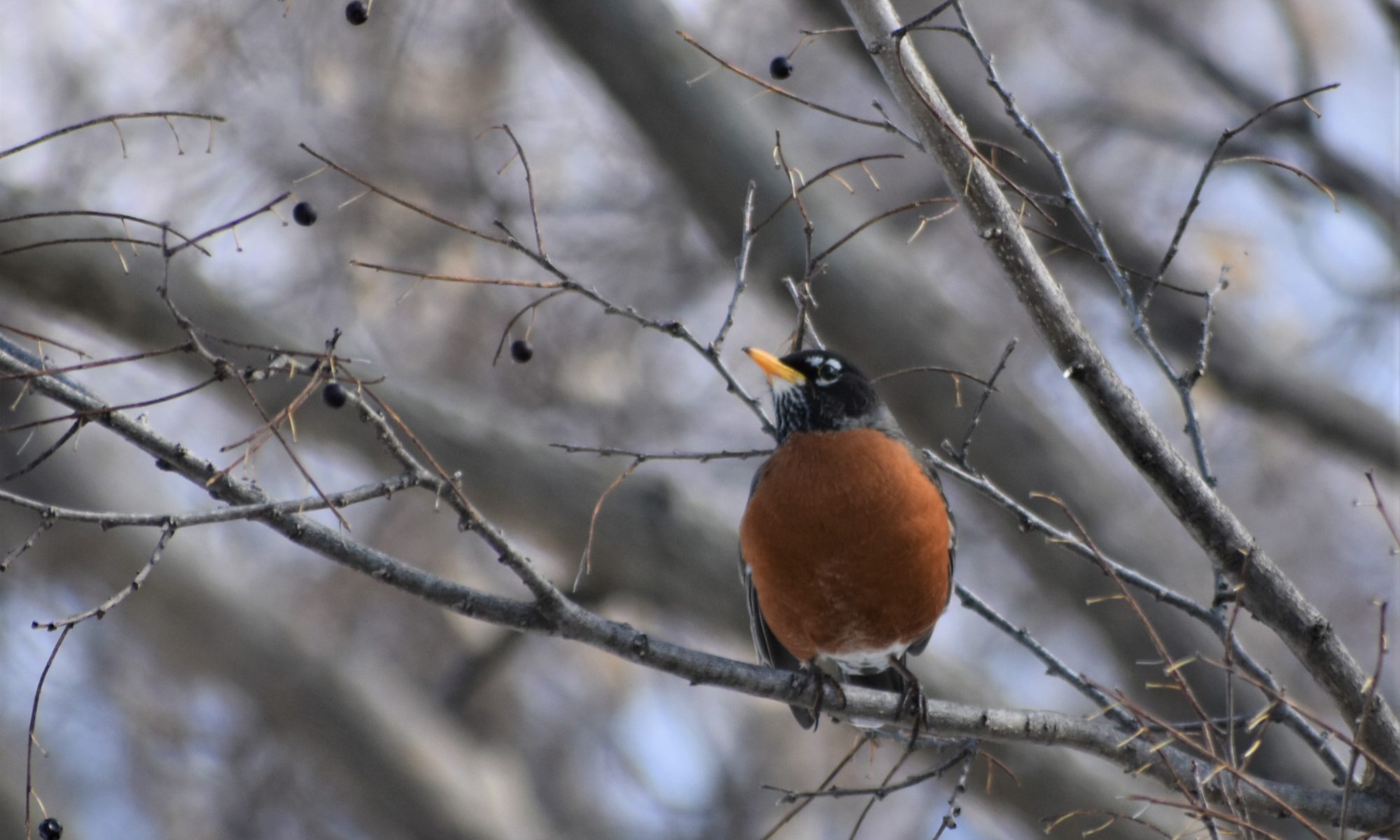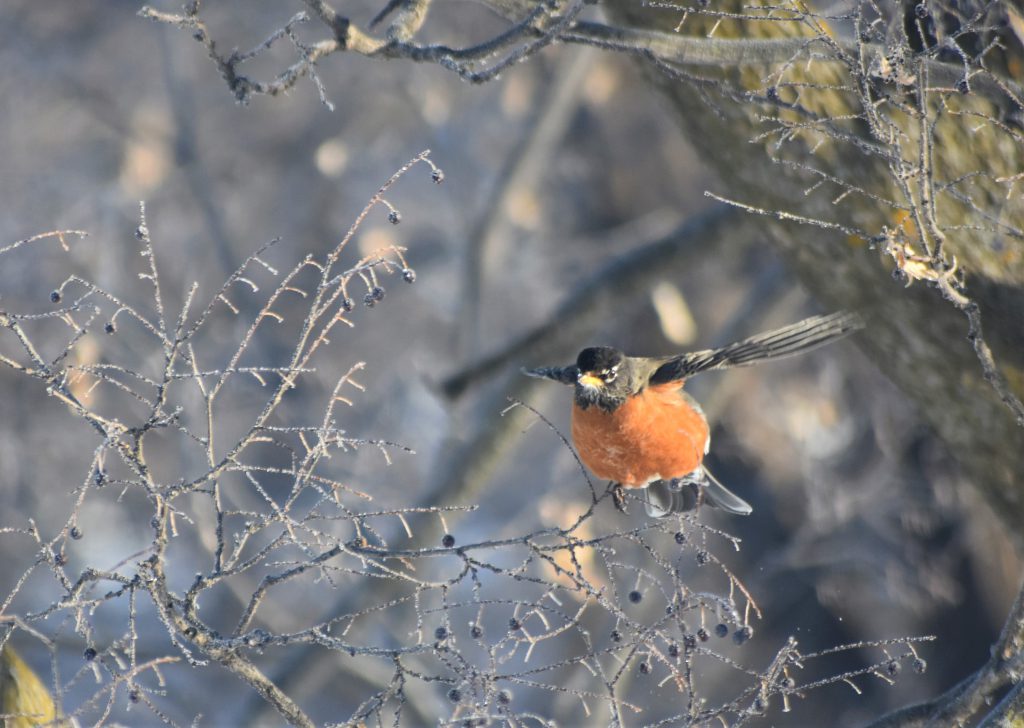Last Sunday, I went to Hawk Ridge, Duluth. Its position on the tip of Lake Superior makes it ideal for watching the fall raptor migration. I got some new species for the life list, met some awesome volunteers, and had a great time.
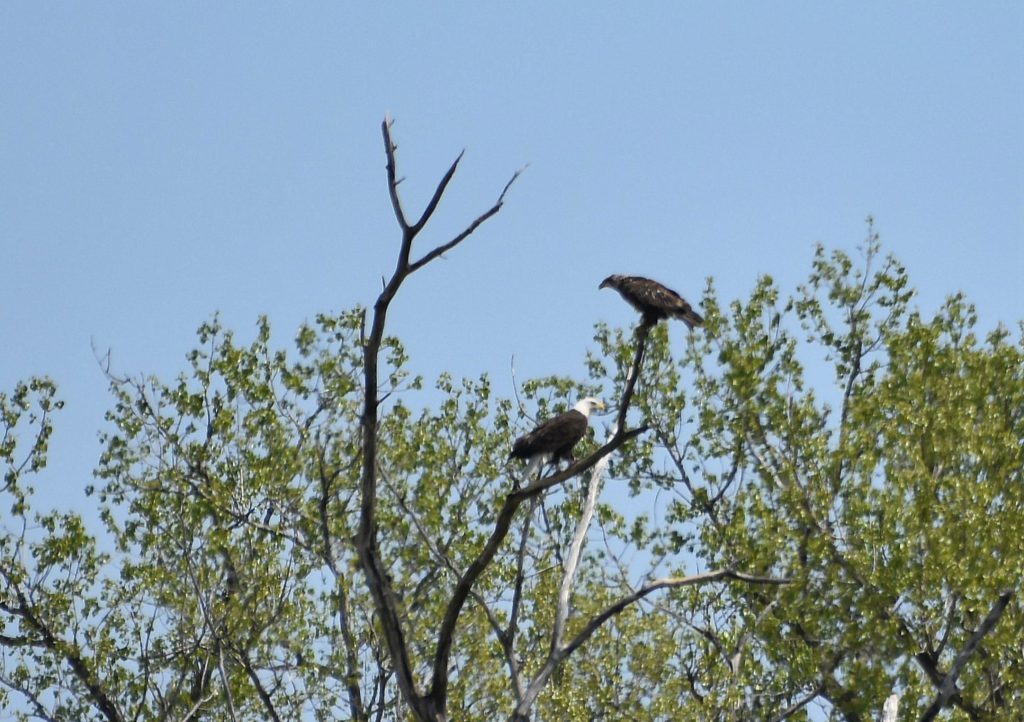
The peak raptor migration time is between 10 AM and 2 PM, but we arrived late, at around 1:45, and ended up staying until the volunteers left at 5:00. The first birds I saw were several Turkey Vultures, and soon after that came two immature Bald Eagles.
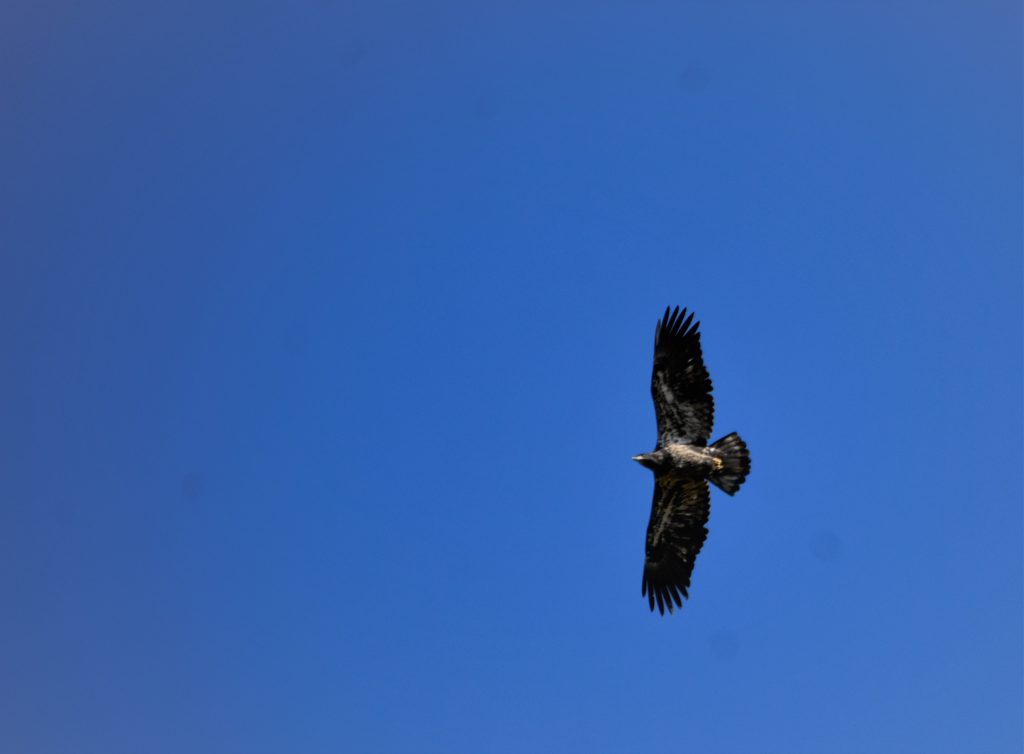
After that, the skies were calm for another hour or so, with steady flights of Turkey Vultures, one of the most common sights, and a Bald Eagle now and then.
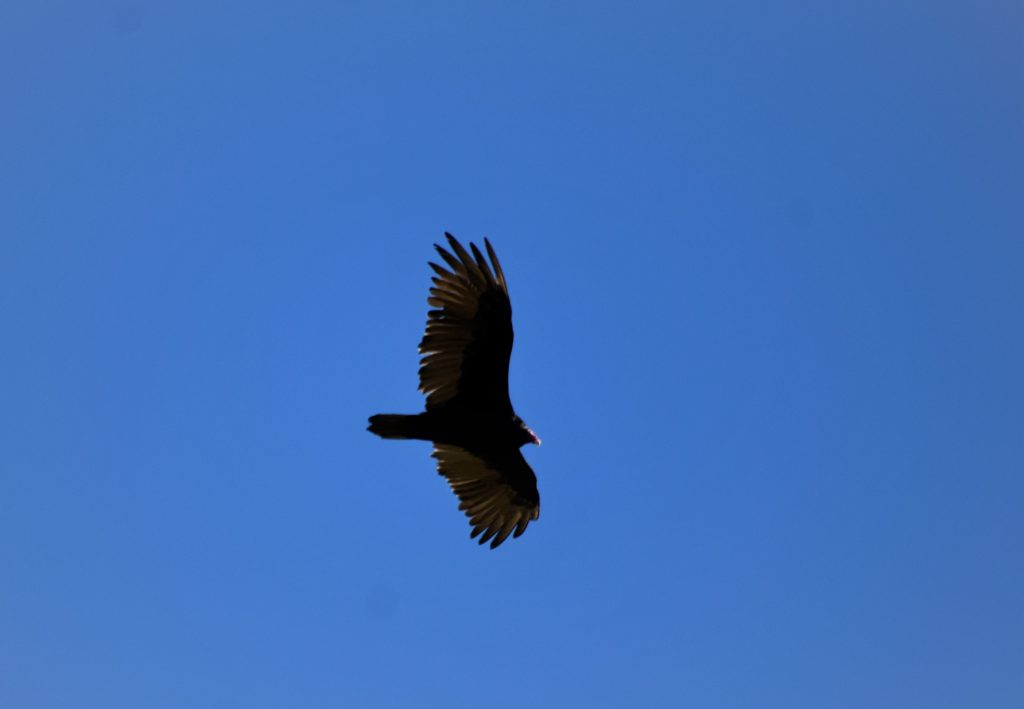
Eventually, the first new species arrived – a fast-moving Merlin. He was in a hurry, a small, dark bird flapping continuously, unlike most larger raptors, who soar. I didn’t manage to score a photo of this species, though I saw a few more by the end of the day. Unfortunately, we didn’t see any American Kestrels, which are one of my favorite raptors, while we were there, but I have seen one before, so it wasn’t too much of a disappointment.
My next new species was a Northern Harrier, seen by several people. It was flying with several more Turkey Vultures, but I didn’t get a great look and, sadly, no photos. We had arrived too late in the day for Sharp-shinned Hawks, so we didn’t see any, but we did see a Red-tailed Hawk.
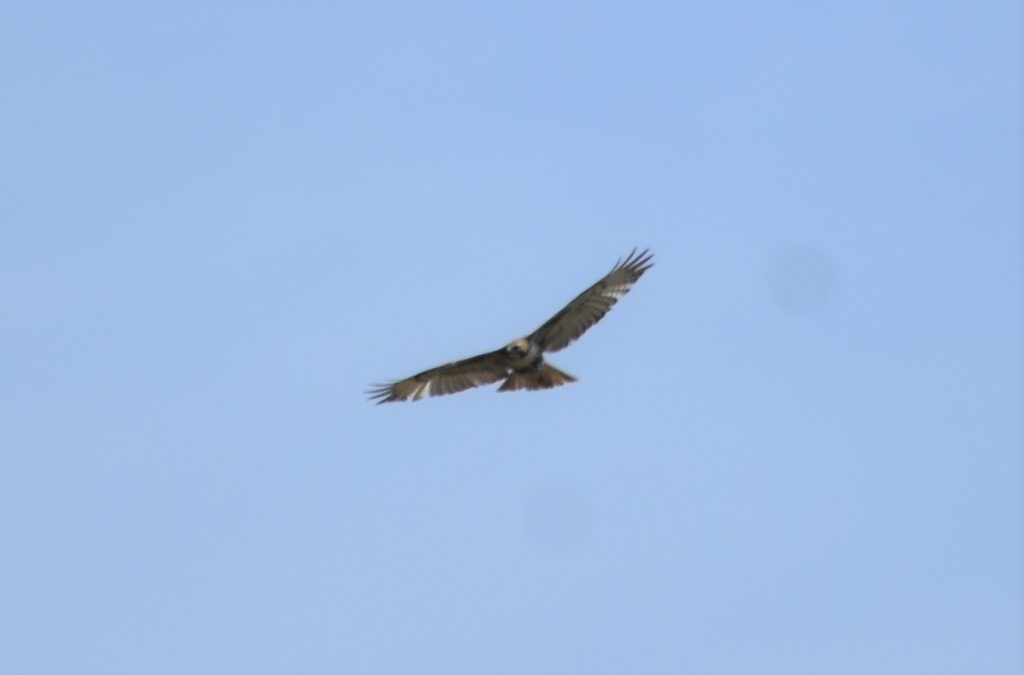
My last lifer was a larger Peregrine Falcon, which I looked up just in time to see through binoculars. I got pretty good views of this one, though I wasn’t holding the camera and didn’t get photos of this one, either. They were my favorite lifer of the day!
Eventually, things slowed down quite a bit, though I did see a Common Raven – the largest songbird of North America – on the horizon. We also saw some American Crows. I thought this was a good time to try out one of the trails. I didn’t see many birds on the trail – a White-breasted Nuthatch, some Black-capped Chickadees, and a few more American Crows, plus a male Ruby-crowned Kinglet. I saw a flash of his red crown, but not much. By the time I got back, everyone had left, and so did I. I was hoping to check out Park Point while I was in Duluth, but it was getting dark, so I passed.
That was all for my first trip to Hawk Ridge! I didn’t see any Ospreys, since it was too late in the season for them, Gyrfalcons, because they didn’t come until late autumn, or Golden Eagles, because they aren’t common, but I did see a few of my other favorite raptors for my life list!
